It is not easy for textile workers’ wages to achieve a standard of living
| Textile exports grew positively | |
| Vietnam targets $40 billion in exports from textile and garment industry | |
| Vietnam, India urged to cooperate in areas of mutual strength |
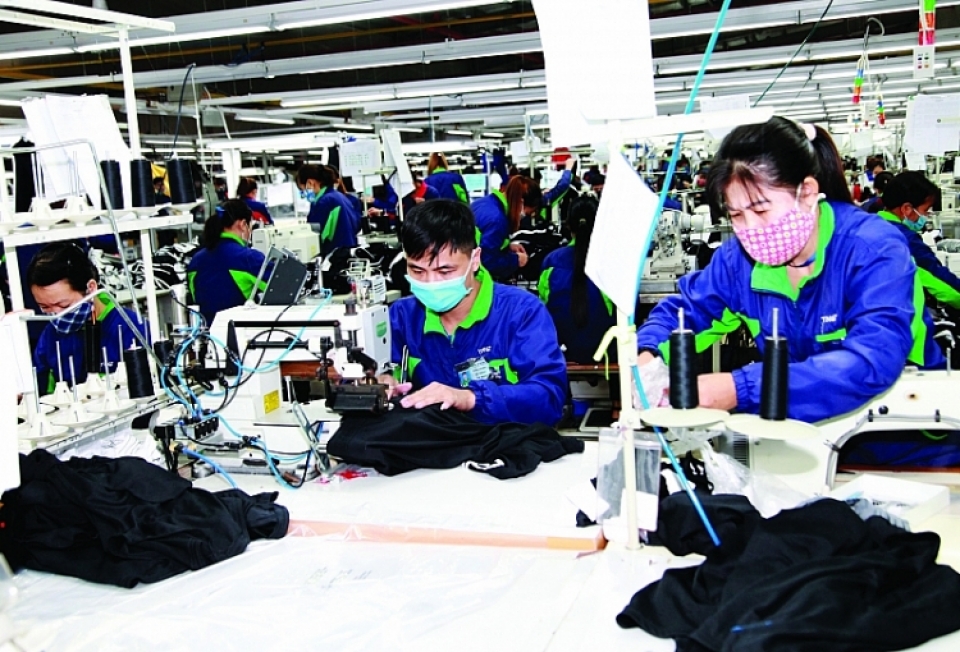 |
| Although the minimum wages are increased annually in each region, according to the survey results, salary of workers is still not enough to live on. Photo: Xuan Thao |
Salary increase but still not enough to live on
According to the survey results conducted by Oxfarm Vietnam and the Institute of Workers and Trade Unions in a number of domestic textile enterprises, for textile workers, their real wages are piece-wage. If there are not enough products to get the minimum wages, workers are compensated. About 45% of the interviewed workers said that they are compensated sometimes or usually during the year. For other workers, real wages are time-wage and only slightly higher than the basic ones.
Besides, the survey also gave figures showing the consequences of insufficient living wages: 69% of workers said they did not have enough money to cover their living needs, 31% did not save anything from their monthly salary, 37% said they were always in debt with friends, relatives or neighbors to make up for the deficit in the month.
Speaking at the seminar "Insufficient wages and consequences" held by Oxfarm Vietnam on February 26, Ms. Nguyen Thi Le Hoa, Deputy Director of Oxfarm Vietnam said that according to the opinion survey of production managers at textile enterprises, insufficient wages directly affected the labor fluctuation of enterprises, and affected the productivity, working quality of workers. Low wages were the result of unfair trade in the global garment supply chain. The garment industry was a lucrative investment industry. Fashion brands grew and quickly increased their revenue, while seeking to maximize profits for their shareholders. While Asian countries set low minimum wages to attract foreign investment, the brands also played a big role in maintaining these low wages by non-transparent negotiations to force the price of garment factories in Asian countries. To meet the demands of big brands, garment factories were required to ask their workers to work long hours at low wages.
Currently, the textile industry in Vietnam is still mainly processing products for foreign fashion companies and brands. Statistics also showed that the value-added profit from this stage was much lower than the design and sales stage.
Businesses also faced difficulties
Thus, although the minimum wages are increased annually in each region, according to the survey results, workers still cannot live on their wages. The salary of most garment workers is not enough to live at the most basic level.
Mr. Le Dinh Quang, Head of the Department for labor relations from Vietnam General Confederation of Labor, said that most of the garment industry's brands had very low wages. Many businesses considered workers to be a part of them, they wanted to pay workers a higher salary, but their partner brands offered orders at lower prices, which would be difficult for businesses.
Talking to a reporter from the Customs newspaper, Mr. Phi Thanh Tung, Deputy Director of Ha Thai Export Garment Company (Hung Yen) stated that the annual increase in the minimum wages by the Government had helped to raise the basic salary for workers. “We also want to increase the basic salary but if we increase the salary, immediately the social insurance premium will increase, too, which will burden on our business. It is impossible to pay salaries as to workers’ expectation, because together with the entry into the Comprehensive and Progressive Agreement for Trans-Pacific Partnership (CPTPP) from January 14, 2019, businesses also faced many difficulties such as raw materials of textile and garment industry are still being imported mainly from other countries, labor productivity is not high, and a lack of high quality laborers. Meanwhile, as far as I know, in order to support textile enterprises, some countries in the region have supported reducing corporate income tax, import tax on yarn... If the above taxes reduce, we will have the budget to increase the salary and benefits for employees,” Mr. Tung analyzed.
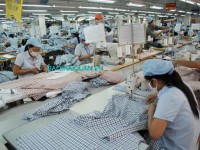 | Textile and garment exports: Depends heavily on imported materials VCN- Although achieving a positive growth rate, the Textile and Garment industry still depends heavily on imported ... |
Mr. Dinh Quang Dung, Head of Human Resources and Administration of Quang Minh Trading and Service Co., Ltd., mentioned another fact, overtime hours are currently prescribed to not be more than 12 hours/day, 30 hours/month and 200 hours/year (300 hours/year in textile industry). Because of this regulation, many textile enterprises have violated the regulation due to pressure on the deadline of orders, otherwise they will be fined or have to deliver goods by air, which is very expensive. According to the customers’ evaluation, enterprises that violated the regulation on overtime hours will suffer contract termination. If this regulation is fixed, it will facilitate textile enterprises. If the textile business’s contracts are not cut off, it is easy for textile enterprises to ensure jobs for workers, then to raise their wages and allowances. The annual minimum wage increase should not be taken as a basis for building salary scales and payrolls; it should only be a minimum wage so that enterprises cannot pay less to their employees. Therefore, when businesses raise the salary for their employees, they will not have to pay more for social insurance.
Related News

Researching and proposing amendments to 2014 Customs Law to meet the requirements of innovation
11:18 | 20/01/2025 Customs

Complying with regulations of each market for smooth fruit and vegetable exports
13:06 | 09/01/2025 Import-Export
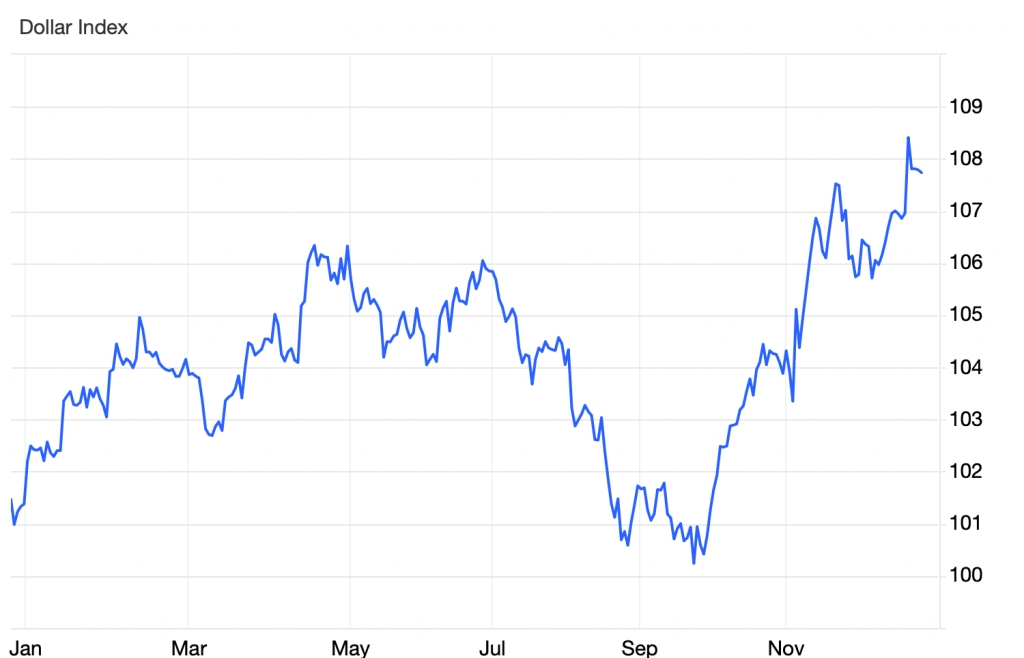
Flexible and proactive when exchange rates still fluctuate in 2025
11:03 | 30/12/2024 Finance
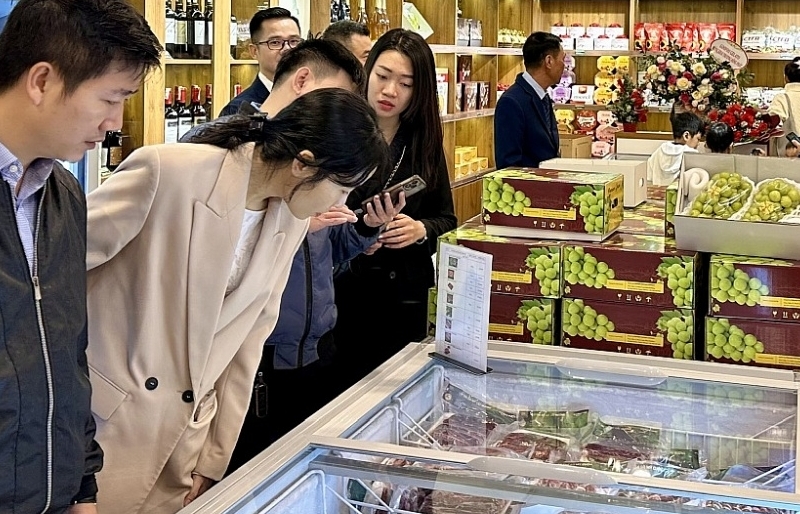
Request for price management and stabilization, avoiding unusual fluctuations during Tet 2025
13:56 | 30/12/2024 Headlines
Latest News

Embracing green exports: a pathway to enter global supply chains
10:33 | 20/02/2025 Import-Export
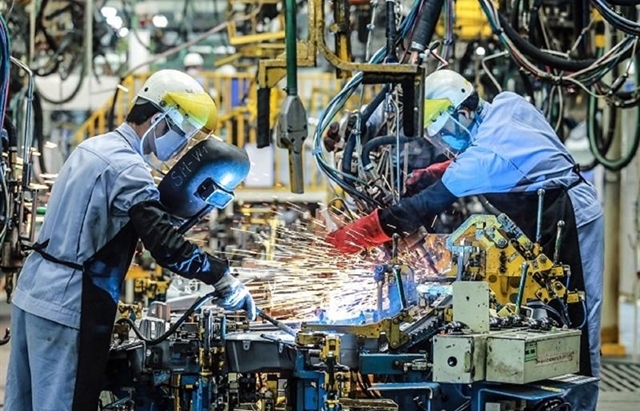
New policy proposed to prevent transfer pricing, tax evasion of FDI enterprises
10:32 | 20/02/2025 Import-Export
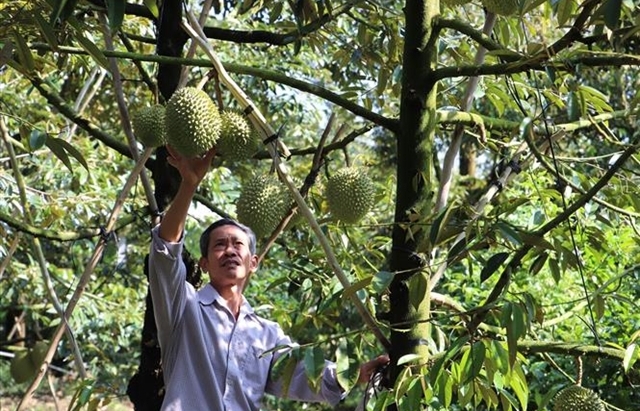
Việt Nam’s durian exports to China plummet by 80%
16:18 | 19/02/2025 Import-Export
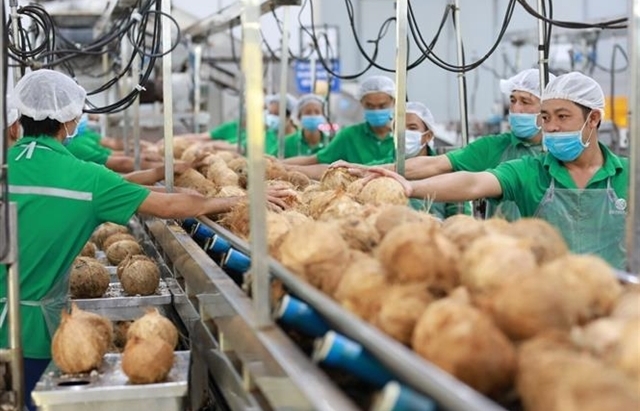
Coconut exports reach 14-year high
15:29 | 18/02/2025 Import-Export
More News

Shrimp exports grow in the first month of 2025
15:28 | 18/02/2025 Import-Export
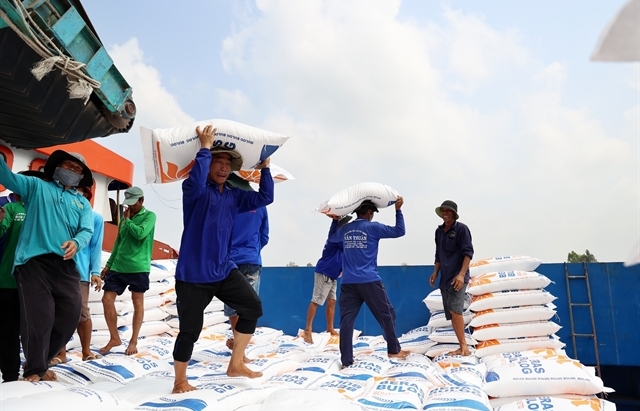
Rice export prices drop, but decline expected to be short-term
08:10 | 17/02/2025 Import-Export
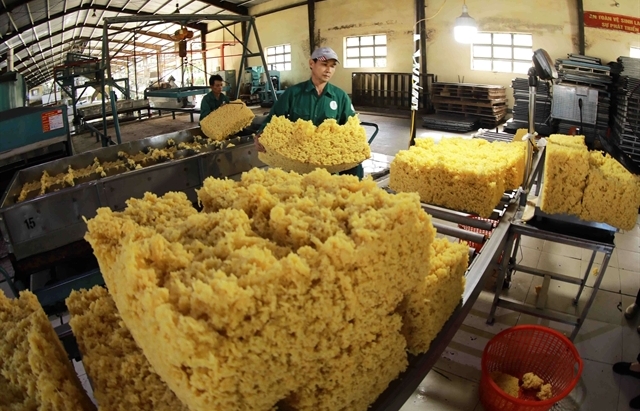
Key agro products expected to maintain export growth this year
08:08 | 17/02/2025 Import-Export
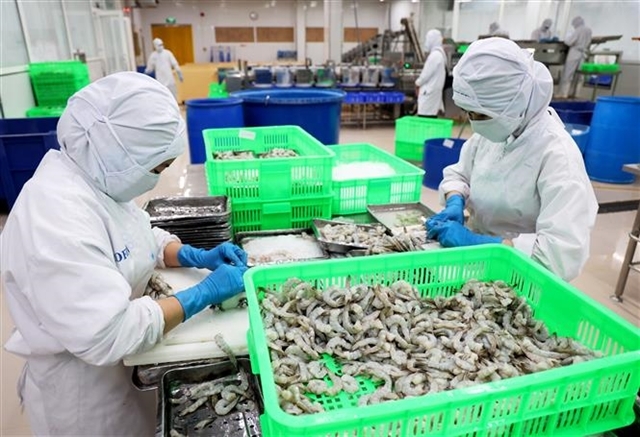
EU issues 12 warnings against Việt Nam’s food and agricultural exports
08:07 | 17/02/2025 Import-Export
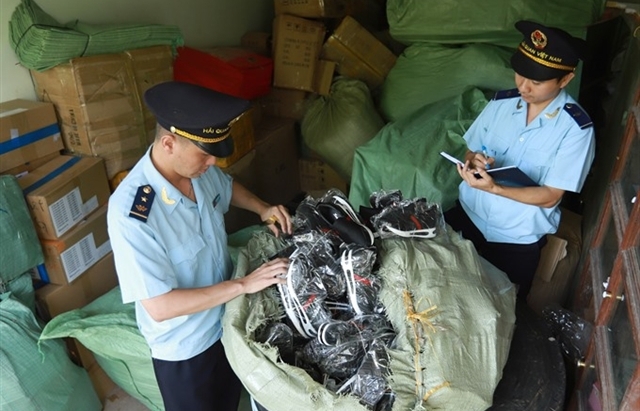
Việt Nam to impose VAT on low-value express-imported goods
08:06 | 17/02/2025 Import-Export

Exchange rate risks need attention in near future
16:31 | 15/02/2025 Import-Export
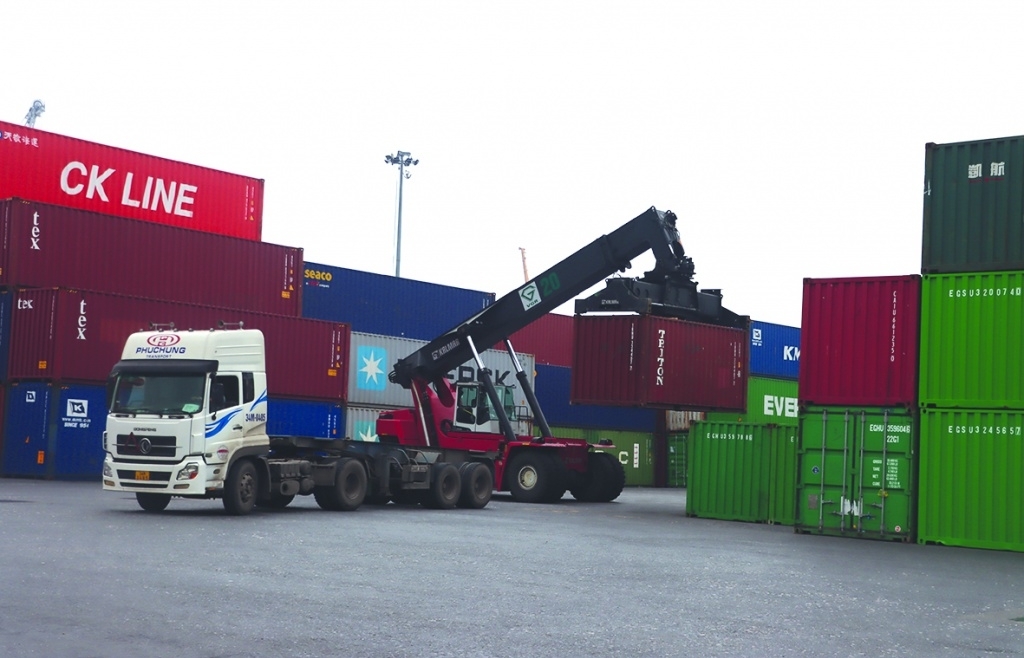
Vietnam kicked off the year with a strong start in trade, exceeding US$63 billion in the first month
16:30 | 15/02/2025 Import-Export
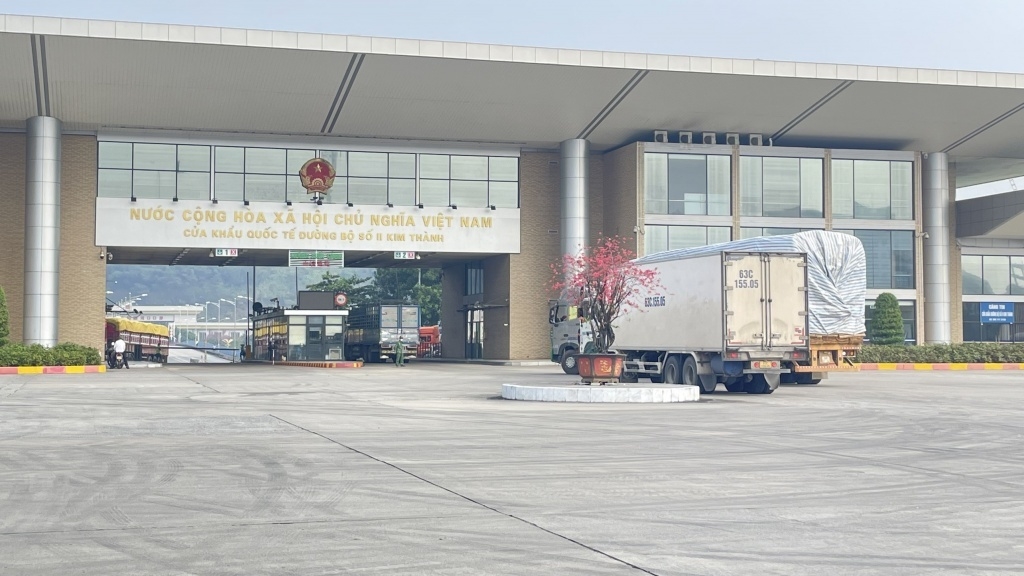
Import and export turnover reaches about US$29 billion in the second half of January 2025
14:52 | 14/02/2025 Import-Export

Market edges up slightly as liquidity remains low
14:48 | 14/02/2025 Import-Export
Your care
The system has not recorded your reading habits.
Please Login/Register so that the system can provide articles according to your reading needs.

Embracing green exports: a pathway to enter global supply chains
10:33 | 20/02/2025 Import-Export

New policy proposed to prevent transfer pricing, tax evasion of FDI enterprises
10:32 | 20/02/2025 Import-Export

Việt Nam’s durian exports to China plummet by 80%
16:18 | 19/02/2025 Import-Export

Coconut exports reach 14-year high
15:29 | 18/02/2025 Import-Export
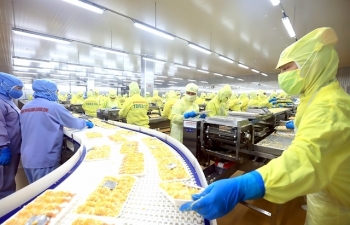
Shrimp exports grow in the first month of 2025
15:28 | 18/02/2025 Import-Export
